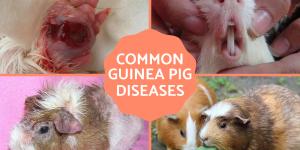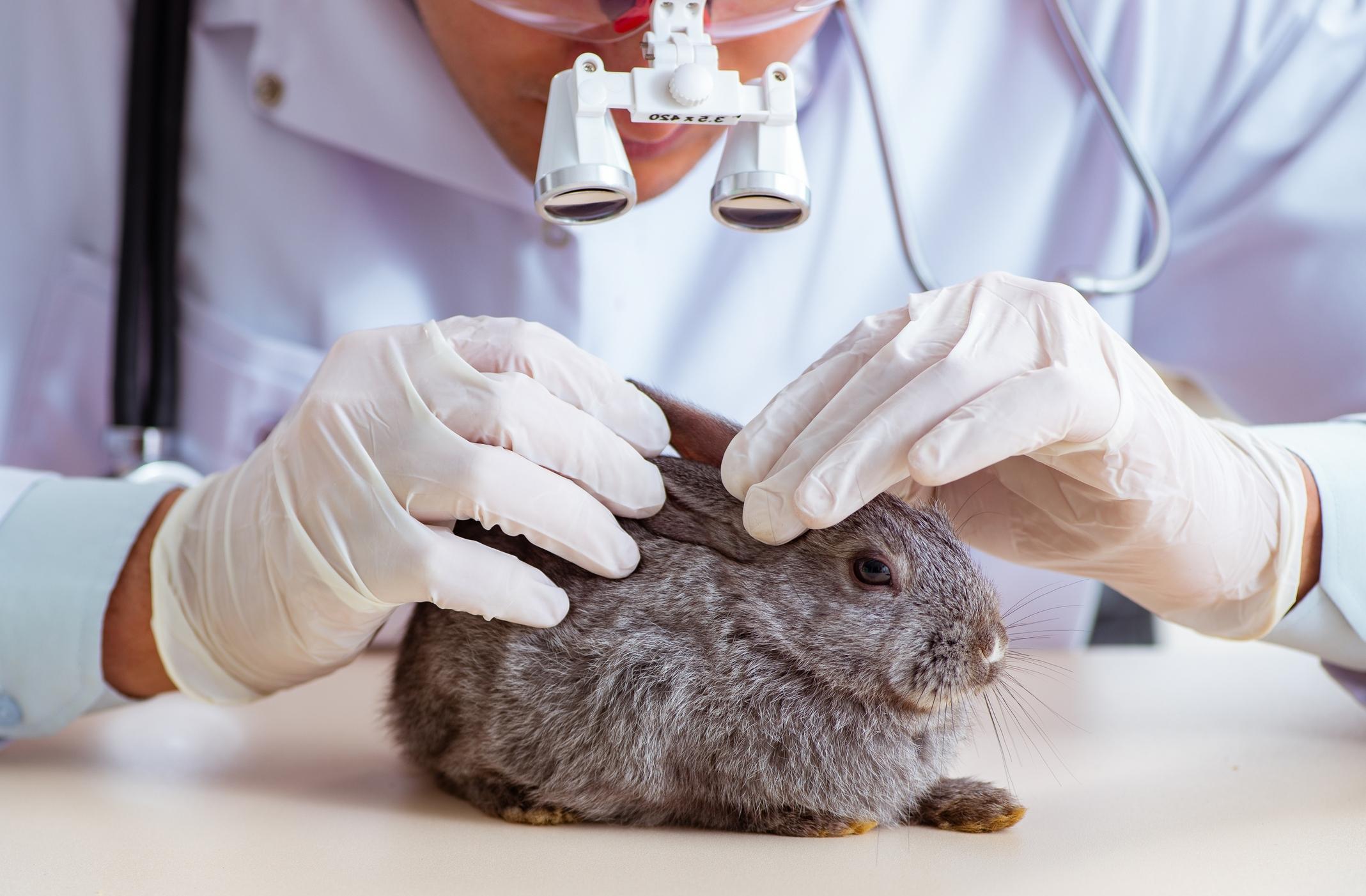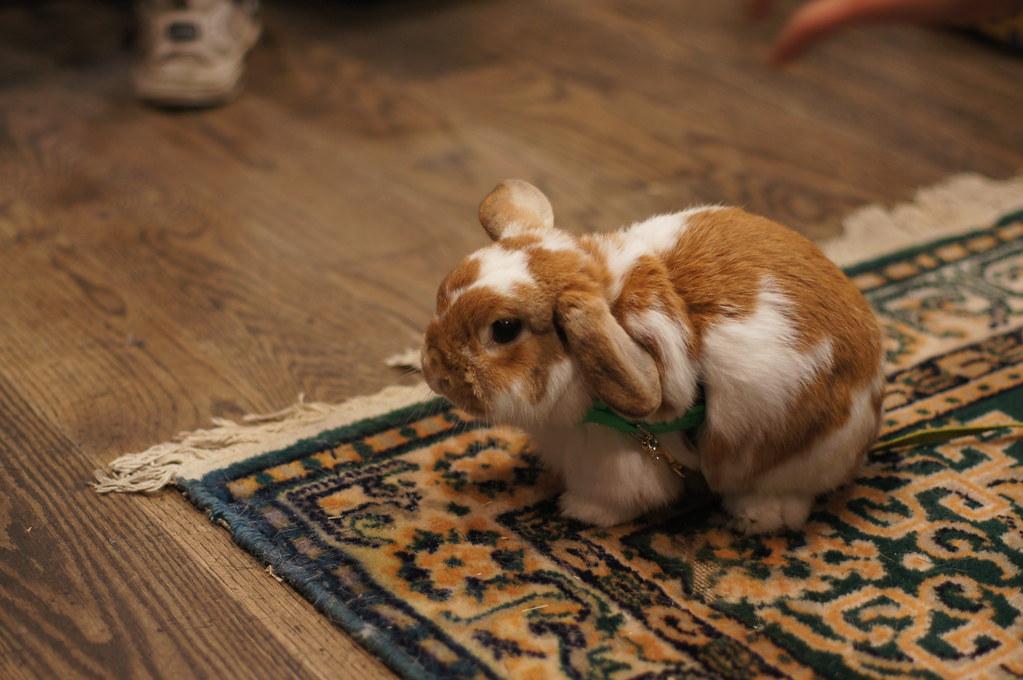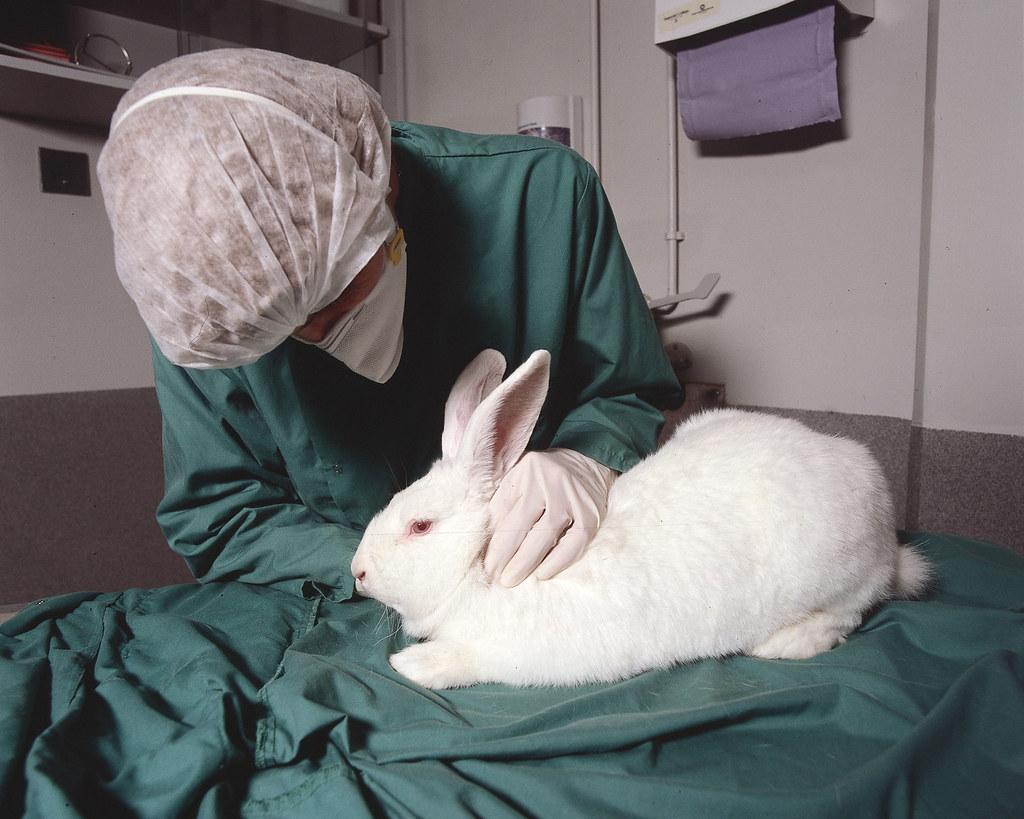Common Diseases of Rabbit Ears - Symptoms, Causes and Treatment



See files for Rabbits
There are many diseases that can affect the ears of rabbits. Elongated ears are one of the most characteristic organs of rabbits and also a small source of problems. Therefore, it is important to know which are the most common diseases so that we can recognize the symptoms as soon as possible and proceed efficiently so that the situation does not worsen.
This AnimalWised article discusses the most common ear diseases in rabbits, their symptoms, and how to treat them.
Bacterial otitis
Otitis in rabbits is an inflammatory and infectious process that can affect the outer, middle or inner ear. It is one of the most common diseases in rabbits, especially in the Belier breed, because their narrow ear canal and the length of their ears obstruct the ventilation of the ear canal.
In bacterial otitis, the main pathogen is Pasteurella multocida, although it can also be caused by other bacteria such as Streptococcus, Staphylococcus, Pseudomonas or Escherichia coli. Ear infections can be caused by direct contact or by the migration of bacteria from the throat or nose into the middle ear through the adenoid tube.
The most common symptoms in rabbits with otitis are:
- Itching: The animal usually feels an uncomfortable itching or stinging in the ear area. This causes severe scratching and aggravates the problem.
- Pain: Middle ear infection can become very painful.
- Inflammation and redness: it is possible that the rabbit's ear is swollen or red.
- The rabbit tilts its head to one side: this is a symptom associated with vestibular syndrome, a typical health problem in rabbits associated with otitis media caused by the bacterium Pasteurella multocida.
- Ataxia: the rabbit may have coordination issues related to the loss of balance caused by the ear infection.
- Loss of appetite: if not treated quickly, the animal may lose its appetite.
- Secretions: it is also possible for the rabbit to secrete secretions from the ear. In some cases, these secretions have a foul odor.
- Nystagmus: If the animal shows involuntary eye movements, it may be a problem with the balance system.
- Drooping ears: If a rabbit has one or both ears drooping, it is possible that it has a middle ear infection.
Treatment
Treatment of otitis will depend on the cause of the inflammation. Some of the medications commonly prescribed in these cases include the following:
- Antibiotics for bacterial otitis media
- Antifungals for fungal otitis
- Glucocorticoids
- Analgesics
It is important that you follow the treatment prescribed by the veterinarian carefully. It is not advisable to treat the animal without the supervision of this professional.
Continue reading this other article if you want to learn more about how to tell if your rabbit has an ear infection.
Psoroptic mange in rabbits
Psoroptic mange, also known as rabbit ear mange, is a parasitic disease caused by the mite Psoroptes cuniculi. Animals can become infested through direct contact with infested rabbits or through contact with bedding or other materials containing mite eggs. This parasite, which lodges deep in the external auditory canal, causes very intense itching that causes animals to shake their heads violently, scratch their nails, or rub their ears against the surrounding obects. As a result, bruising, abrasions, and sores in the pinna of the ear occur, leading to self-mutilation in very severe cases.
The affected rabbit shows the following symptoms:
- Itching
- Excessive production of earwax
- Bad odor
- Crusts
- Ear infection
Treatment
The treatment consists of:
- The administration of an antiparasitic drug: Generally, avermectin, such as ivermectin or moxidectin, is used.
- The administration of an antibiotic: Animals that self-traumatize their ears will often be infected by bacteria like Pasteurella multocida and Streptococcus species secondarily. For this reason, it is usually necessary to supplement antiparasitic treatment with a broad-spectrum antibiotic.
- Disinfection of the environment: To avoid re-infestation, it is necessary to thoroughly clean and disinfect the environment and to wash all textiles that have been in contact with infested rabbits at more than 50ºC.
One of the best ways to prevent this disease is to take proper care of your rabbit's ears. Read this other article to learn how to clean your rabbit's ears.

Ringworm or dermatophytosis in rabbits
Ringworm or dermatophytosis is a zoonotic disease of the skin and coat in rabbits, also known as dermatomycosis or trichophytosis. It is usually caused by Trichophyton mentagrophytes, although they can also be infected, although less commonly, by other species such as Microsporum canis or Microsporum gypseum. Infection can occur through direct contact with other infected rabbits or through contact with the infected environment.
Animals suffering from the disease show:
- Alopecia, both circular and circumscribed
- Yyperkeratosis, typically on the muzzle and around the eyes.
- Crusting
- Dry, scaly skin
- Skin lesions, which become more and more spreading and reddish.
Treatment
Diagnosis of dermatophytosis is made by taking a sample of the affected tissue and performing a culture. Sometimes drug treatment is not necessary. It is sufficient to cut the fur around the affected areas and perform a thorough disinfection of the surrounding area.
If necessary, antifungals are administered, either topically or orally. Generally, treatment lasts about two weeks, but each case is different and only the veterinarian can determine what and how long each rabbit will need. For this reason, it is important to visit the clinic as soon as possible. After treatment, new cultures are usually made to check if the dermatophytosis fungus is completely gone.
Otohematoma
Otohematoma, as the name implies, is a collection of blood or a hematoma in the pinna of the ear. It is a type of inflammation on the inner or convex side of the pinna that feels soft and wobbly, but is distinct from the rest of the skin of the pinna. If the entire surface of the pinna is not affected, we usually see a sac-like area with this soft content inside.
The cause of otohematoma is trauma. This trauma in most cases is a result of head shaking or paw scratching due to itching. This itching or discomfort in the ear can be caused by various pathologies, such as allergies causing otitis media, mites or foreign bodies.
Usually the most obvious symptom is swelling of the ear, although owners usually notice these other symtoms as well:
- Constant shaking of the head.
- Scratching the ear when it itches.
- Nervousness.
- Reddened ear that feels warm to the touch.
- Fainting.
- Fever (rather rare symptom).
Treatment
Treatment of otohematomas may vary depending on the extent and degree of development:
Small and mild hematomas: are usually resolved by closed aspiration of the hematoma and application of a dressing that allows contact to be maintained between the cartilage and the skin to promote healing. This procedure is not always possible, as there are often significant recurrences that lead to further inflammation of the area puncture by puncture, and then surgical intervention is the only solution.
Large hematomas: require a surgical technique that is more aggressive, but also definitive.
Fibromatosis or Shope's fibroma
Finally, one of the most common ear diseases in rabbits is fibromatosis. Fibromatosis is a disease caused by the Shope fibroma virus. Infection with this virus leads to the formation of tumorous nodules on the skin, which initially appear mostly on the ears, extremities, and around the eyes. Generally, they are alopecic nodules that fester easily.
Fortunately, the tumors usually disappear spontaneously within about 6 months. Widespread disease and death from this virus are rare, especially in young rabbits.
As you have seen, ear diseases in rabbits are very diverse and all require special treatment. Therefore, it is very important that you contact a veterinarian if you observe any symptoms. Keep reading this other article to learn more about the most common diseases in rabbits.

This article is purely informative. AnimalWised does not have the authority to prescribe any veterinary treatment or create a diagnosis. We invite you to take your pet to the veterinarian if they are suffering from any condition or pain.
If you want to read similar articles to Common Diseases of Rabbit Ears - Symptoms, Causes and Treatment, we recommend you visit our Other health problems category.
- Hillyier, E. (1994). Pet Rabbits. Veterinary Clinics of North America: Small Animal Practice. Exotic Pet Medicine II; 24(1);25-65
- Nogales, D.; Barragan, A.; Jungle, L. (2020). Mange in rabbits . Health and Biosafety; Cuniculture Bulletin; 196:26-29
- Hairstyle, J. (1988). Ringworm or dermatomycosis of rabbits . Ministry of Agriculture, Fisheries and Food.







